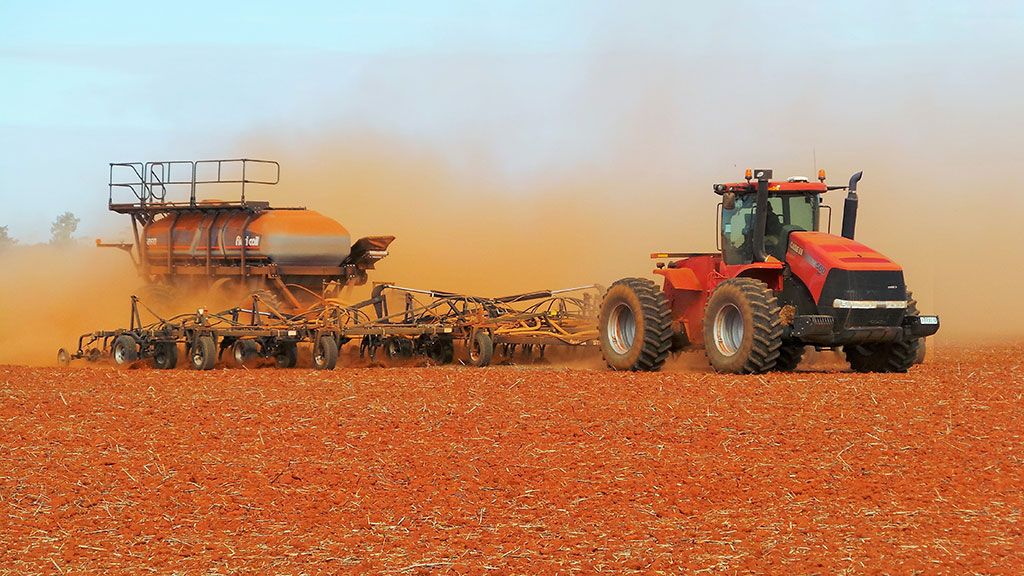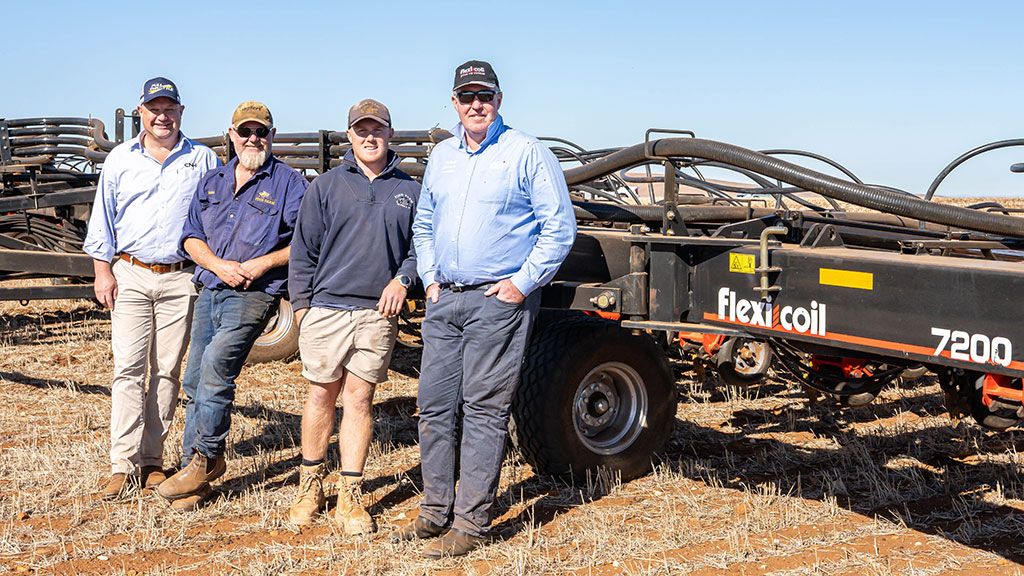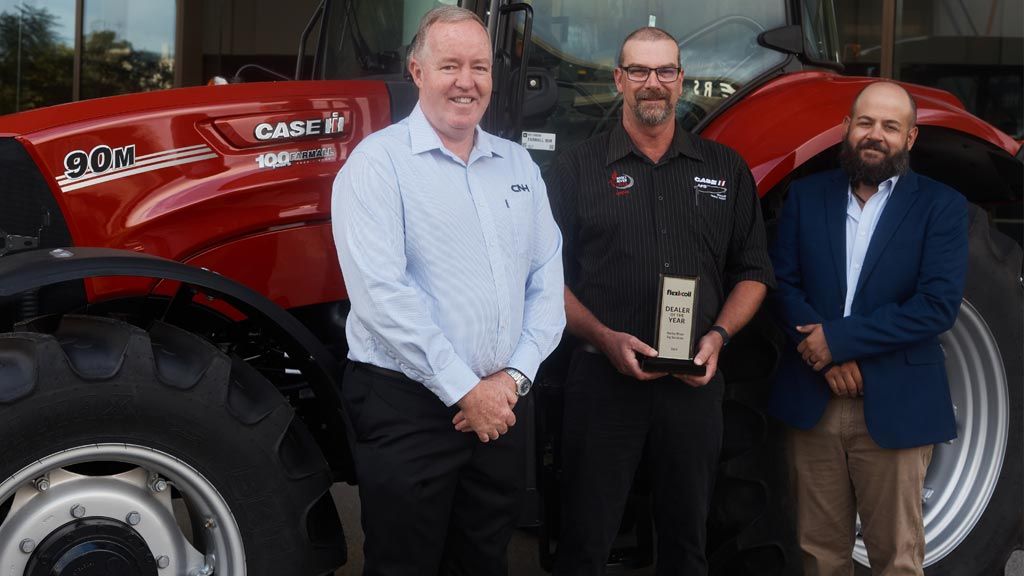
Getting the Dirt on Soil Compaction
Causes of Soil Compaction
There are several factors that contribute to soil compaction, with farmers likely to experience some, if not all of these, including:
- Heavy machinery: The use of heavy agricultural machinery is one of the main causes of soil compaction. The weight of these machines compresses the soil, particularly when the soil is wet or has a high clay content.
- Soil type: Clay soils are more susceptible to compaction due to their fine texture and low permeability. When wet, clay particles can stick together, further exacerbating the issue.
- Tillage practices: Conventional tillage methods, such as ploughing and disking, can contribute to soil compaction, particularly when carried out repeatedly over time.
- Livestock trampling: Grazing livestock can also compact the soil, particularly in high-traffic areas such as feeding stations and water sources.
- Natural causes: Soil can become compacted due to natural processes, such as the settling of soil particles over time or the action of freeze-thaw cycles in colder climates.
Effects of Soil Compaction
Soil compaction is a pervasive issue that presents numerous adverse consequences for not only crop yields but also the overall health and quality of the soil in which they grow. This insidious problem arises from various factors and can lead to a host of complications that hamper agricultural productivity and sustainability, including:
- Reduced water infiltration: Compacted soil has fewer pores, which reduces the rate at which water can infiltrate the soil. This can lead to increased runoff and erosion, as well as reduced water availability for plant growth.
- Impeded root growth: Roots struggle to penetrate compacted soil, which can limit the plant's ability to access water and nutrients. This results in stunted growth and reduced yields.
- Reduced aeration: Compacted soil contains less air, which is essential for root respiration and the activity of beneficial soil microorganisms. This can lead to poor nutrient cycling and reduced soil fertility.
- Increased erosion: As mentioned earlier, compacted soil is more prone to erosion, which can lead to the loss of valuable topsoil and nutrients.
Alleviating Soil Compaction
To mitigate the negative effects of soil compaction, farmers can adopt a range of management practices that can help improve soil structure and health. One effective strategy is controlled traffic farming, which involves restricting machinery movement to specific traffic lanes. This reduces the area of compacted soil and minimises its impact on crop growth.
Another approach is to reduce tillage. By adopting reduced tillage or no-till practices, farmers can minimise soil disturbance and lower the risk of compaction. Incorporating crop rotation into farming practices is also beneficial, as including deep-rooted crops such as alfalfa or certain brassicas can help to break up compacted soil and improve its structure.
Additionally, planting cover crops like grasses or legumes can protect the soil surface, enhance its structure, and reduce the risk of compaction. These cover crops not only prevent soil compaction but also contribute to overall soil health by promoting nutrient cycling and supporting beneficial soil organisms.
Presenting the ST820 Precision Cultivator
One innovative solution to alleviate soil compaction is the use of Flexi-Coil's ST820 Precision Cultivator. This cultivator is designed to provide exceptional accuracy and depth control, while its flexible frame and floating hitch allow it to closely follow the ground's contours, ensuring consistent depth accuracy. Its heavyweight construction enables it to penetrate even the hardest soil, making it an effective tool for managing soil compaction.
Adaptable and Efficient Design
The ST820 is available in three or five-section models, with a choice of 9 inch (229 mm), 10 inch (254mm) or 12 inch (305 mm) row spacing. Its high clearance (32 inch/812 mm) frame and strategic placement of wheels to the rear ensure that heavy residue can flow through without plugging. This design makes the ST820 suitable for a variety of field conditions and crop residues, further enhancing its versatility and efficiency.
Accurate Seed Placement & Improved Soil Health
With the inclusion of an air distribution package, the ST820 Precision Cultivator is capable of placing seeds accurately even in uneven ground and high residue conditions. This ensures that seeds are sown at the optimal depth, which is crucial for successful germination and crop establishment. Single cylinder depth control provides accuracy, reliability, and low maintenance, while the depth for the entire machine can be set at a single point, simplifying adjustments in the field.
By utilising the ST820 Precision Cultivator, farmers can effectively manage soil compaction and promote overall soil health. By breaking up compacted soil, the cultivator creates a more favourable environment for root growth, water infiltration, and aeration. This results in healthier, more productive crops and reduced risk of erosion.
Soil compaction is a significant agricultural challenge that can reduce crop yields and negatively impact soil health. Adopting appropriate management practices, such as controlled traffic farming, reducing tillage, and planting cover crops, can help to alleviate this issue. Flexi-Coil's ST820 Precision Cultivator provides an innovative and effective solution to manage soil compaction, improving soil health and ultimately contributing to more sustainable and productive farming practices.
Take Action Today
Don't let soil compaction continue to hinder your crop yields and damage your soil health. Contact your local Flexi-Coil dealer today to learn more about how the ST820 Precision Cultivator can revolutionise your soil management practices. Experience the benefits first-hand by arranging a demo and witness the remarkable difference that this innovative tool can make on your farm. It's time to invest in a sustainable and productive future – call now and take the first step towards better soil health and higher crop yields.








